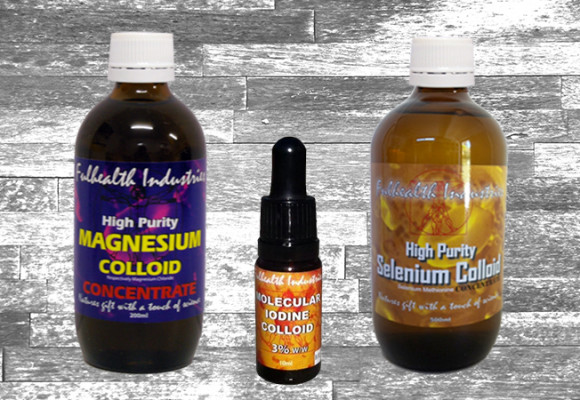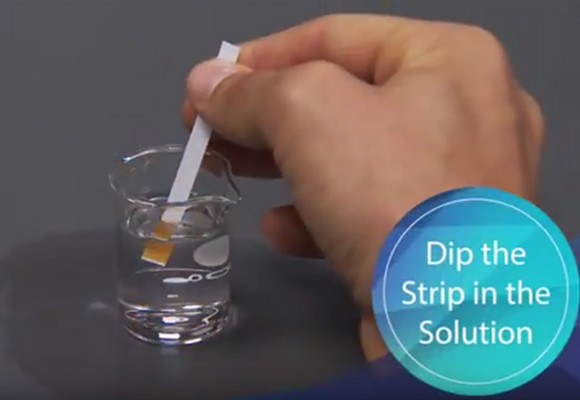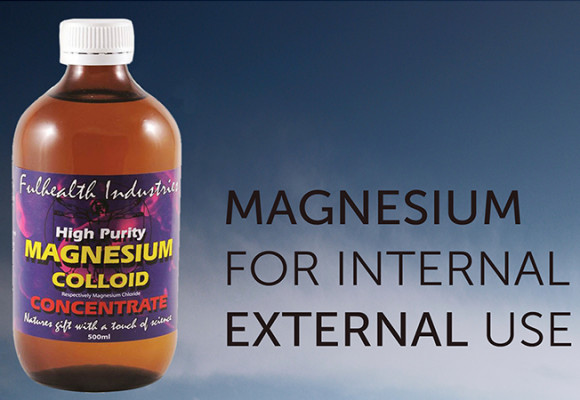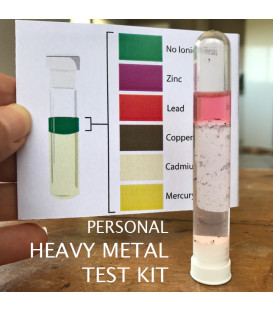
How Balance Works
How Balance Works
Balance is our oldest sensory organ (0.6 billion years) and our most under appreciated.
Our vestibular system is what is responsible for our sense of balance, and it works in conjunction with all of our other sensory organs, such as your audio, visual, skeletal and nervous systems.
Hopefully this article will shed some light on why balance is so important and what issues can arise from balance problems and the affects on the body, mind and spirit when balance is actively trained.
One may think that balance is purely physical but be assured it is not.
Even people whose skeletal system is out of whack can have good balance.
It's amazing what the body can do when the mind sees no limitations!
How Balance works
- The vestibular system is completely responsible for our balance ( without which we would not be able to stand). But surprisingly not many people realize how important it really is.
- The vestibular system is the first to develop in the womb, and all other senses develop in relation to it.
- The vestibular organs are located in the inner ear, (labyrinth) and consists of three semi-circular canals and the otolith organs. The semi-circular canals are positioned on the x, y and z axis. They define motion of each of the three dimensions of space. When the head moves, hair cells detect motion of the fluid inside each canal. The brain then uses this information to calculate the body's position. The otolith organs detect linear accelerations, and we have two on each side. One called the utricle and the other called the saccule.
Balance Therapy
Balance therapy has been used for many years to treat injuries to the vestibular system and diseases which affect it, but up until now this treatment has not been available to the general public.
Balance therapy has a wide range of benefits and can be used to treat the following;
ADD / ADHD
A young human, be they male or female with ADD/ADHD has a slow reaction time, which can be indicative of slow brain processing.
Many physicians diagnose this on the basis of reaction time tests and prescribe Ritalin, or other drugs in order to speed up reaction time.
Balance therapy may very well improve brain processing speed and efficiency without Ritalin or other medications.
A fundamental reality is that the higher level of balance, the faster the brain must react. By increasing the difficulty of an activity the brain is forced to constantly re-calibrate itself to involve more neurons in order to perform faster.
This addresses slow reaction time symptomatic of ADD/ADHD by actually changing the physiology of the brain.
Much has been made of the fact that ADD/ADHD is a physiological problem and not a mental/ emotional problem.
This is very likely true.
Studies indicate that 50% of children with ADD suffer from sensory integration dysfunction as well.
It is important to understand that because the behavioural problems exhibited by those with ADD/ADHD are not the result of a mental problem but a physiological problem that the therapy involved must approach the brain on a physiological level.
Dyslexia
The human brain is composed of two hemispheres, which function like two networked computers.
The left hemisphere receives motor and sensory input from the right side of the body, and the right hemisphere from the left.
When we bring the two systems together and begin the task of developing harmony and synchrony, the first step is to achieve an efficient balance between the two sides of the brain.
Because most mental processes involve both sides of the brain, integration problems between the two can result in problems in brain processing.
Thus some children with reading problems, language delay, dyslexia and other learning problems may be suffering from a lack of integration between the two sides of their brain.
Since the left hemisphere controls the movement on the right side and vice versa, a person can refine the integration between the two sides of the brain through activities involving both sides of their body.
These movements bring the systems into balance.
Balance & Sport
Do you play sport? So why should you care about balance?
Well for starters it is the basic skill needed in practically every sport.
From soccer to tennis to surfing.
Changing your centre of gravity to match your moves is the key to efficiency in sport.
The technical term is agility.
Agility is what allows us to move gracefully, wasting little motion.
It allows our joints to move through the full range of motion smoothly and confidently.
- TIMING improves
- VISION improves
- SENSE of balance improves
- MENTAL processing improves
- REACTION improves
- PROPRIOCEPTION improves
- In short ATHLETIC PERFORMANCE IMPROVES!
Balance activities that integrate visual, auditory, kinaesthetic , tactile and vestibular senses have the affect of improving the proprioceptive processes to help reduce injuries and improve performance.
These improvements can be realized because sensory integration activities increase the effectiveness and efficiency of the neural processes in the brain.
As neural capability and efficiency increases a variety of other benefits are realised.
Words to ponder on...
- Vestibular System - Is responsible for your sense of balance and is integrated with every other sensory organ.
- Balance - The body's ability to right itself. It is improved with proprioceptive training.
- Proprioception - Meaning ones own. Your body's ability to know where itself is in relation to objects around it.
- Strength - The core strength of the abdominal, back and gluts is the foundation from which all movement originates. Strength is the catalyst of postural endurance, the ability to maintain core stabilization, balance and control.











